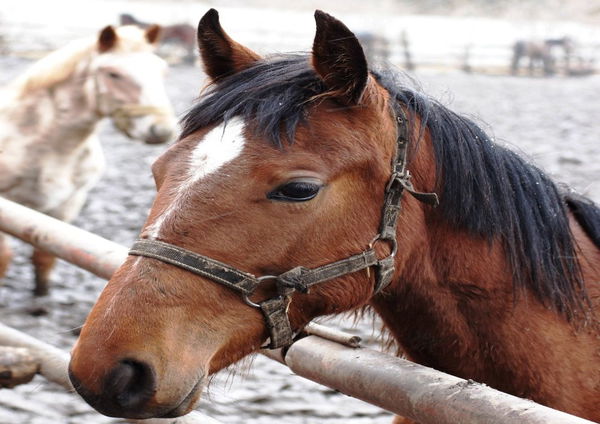

The equestrian industry came under the spotlight after the deaths of the horses in the past few weeks at Saratoga. The latest tragedy was of New York Thunder who was participating in a $500,000 Stakes race and was leading it when he suddenly fell on the ground. He suffered a front leg injury due to which he was euthanized on the track.
This summer, such incidents seemed a routine occurrence as this was the 12th fatality at the Saratoga racecourse. Of those twelve, eight occurred during the racing, and when considering equine deaths on other race tracks this year, it shades the issue with a dark theme. However, to avoid the euthanization of the equine partners, president of racing track authorities have revealed their plan to solve the problem and save the valuable life of the horses.
ADVERTISEMENT
Article continues below this ad
Equestrian Racing Authority’s measures to control equine death
Recently, the HISA announced its plans to control the horse death issue by formulating short-term measures for Kentucky Downs and thorough investigation of every equine death this season on race tracks that come under its jurisdiction.
According to the New York Times, the New York Racing Authority is planning to curb such incidents on its front by making some important decisions. They have pledged to spend millions of dollars for the purchase and installation of PER, CR Scan, and sensors to detect any hidden injury in the body of the horse. Sensors shall be fitted on the horses to diagnose any pre-existing injury before it becomes fatal.
David O’Rourke, the president and CEO of the New York Racing Association (NYRA) said, “We can strive for zero fatalities and part of that is aggressive imaging, synthetic surfaces, and sensor tracking“. He further mentioned that the process of purchase is in progress and shall be installed soon.

The NYRA is also contemplating fixing the synthetic surface at the Aqueduct and Saratoga Race courses for the winter session of the equestrian race. This is not the first time that a racing authority have to take drastic steps to control the issue.
In 2019, after the death of 30 horses at Santa Anita Park, the Californian lawmaker and racing authority formed strict rules and regulations related to medication, riding, track safety, and other measures and was successful in reducing it by 54% till last year. The data collected on the study of synthetic race surfaces suggest that it is much safer than dirt or turf tracks.
ADVERTISEMENT
Article continues below this ad
Synthetic race surface for equestrian races
A synthetic race surface is an artificial surface made up of rubber, sand, wax, and synthetic fibers. The main advantage of this track is that it provides uniform conditions irrespective of the weather conditions of the day.
According to data horse breakdowns are less on this surface in comparison to turf or dirt track. The Hall of Fame trainer Mark Casse whose horses raced the synthetic track of Woodbine says that it’s better because it’s more consistent and has more to give during bad weather.
Read More: Apex Body Moves the Scale After 3 High-Profile Incidents Left the Equestrian World Shattered
ADVERTISEMENT
Article continues below this ad
The equine deaths in recent years are a matter of grave concern which drew unwanted negative attention on equestrian sports. The steps taken by the racing authority may help in controlling the problem and eliminating it from its roots.
Watch The Story: Mastering Equestrian Anxiety: Five Powerful Mindset Techniques to Overcome Fear in Horse Riding
ADVERTISEMENT
ADVERTISEMENT
ADVERTISEMENT
ADVERTISEMENT

